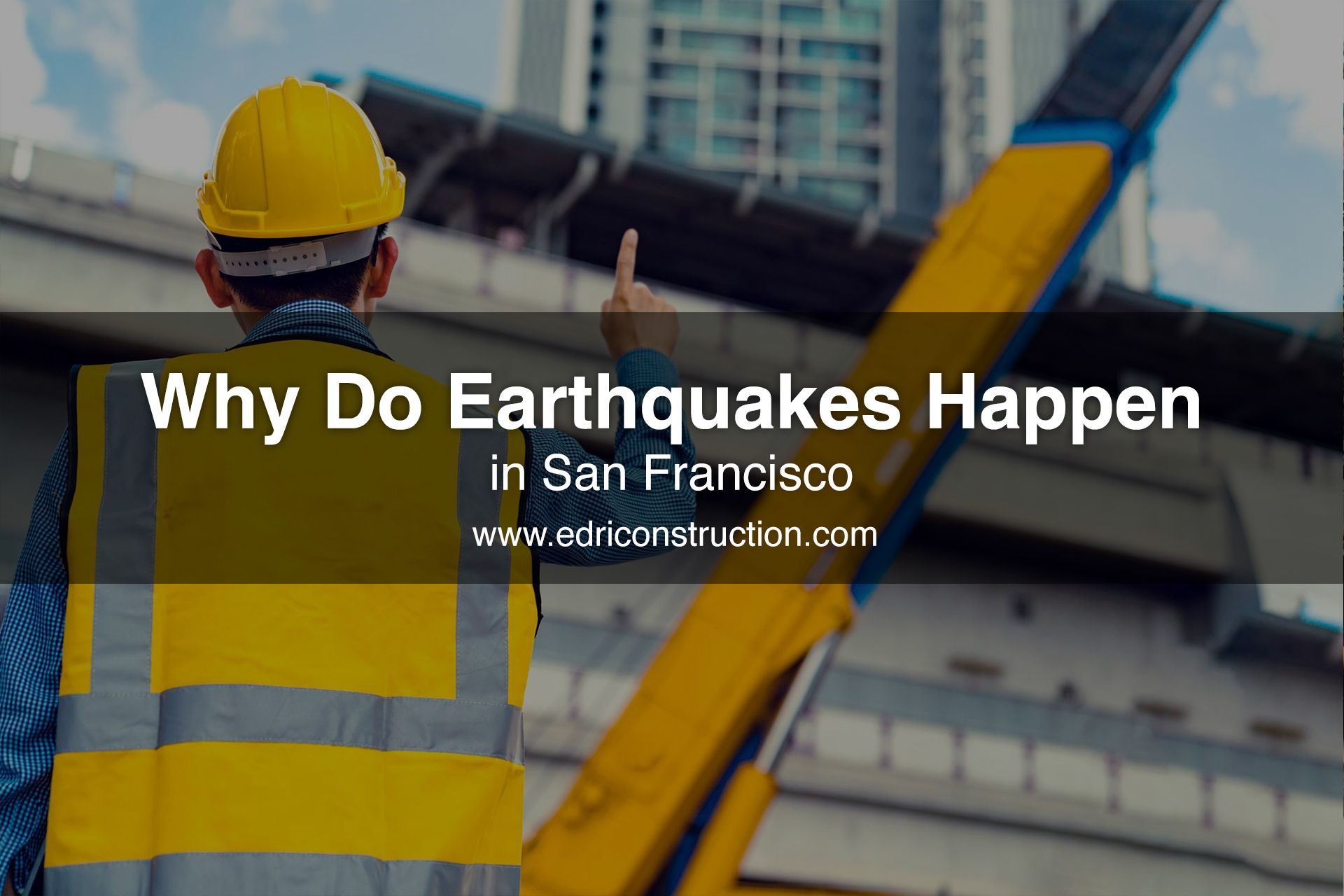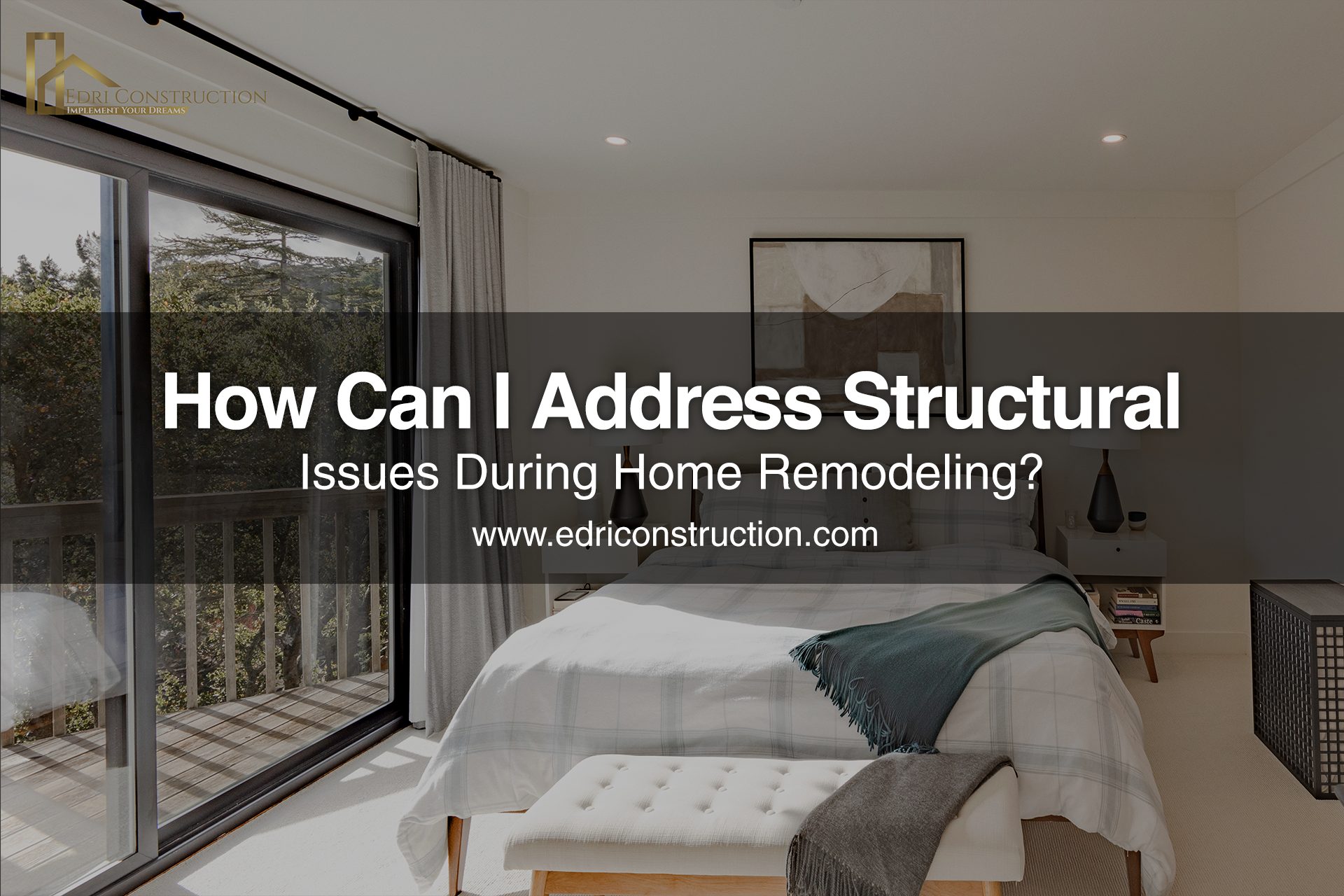Why Do Earthquakes Happen in San Francisco

Why Do Earthquakes Happen in San Francisco? Understanding Seismic Hazards and Earthquake Preparedness
San Francisco is one of the most earthquake-prone areas in the United States. With a rich history of seismic activity, the region is home to several active faults and tectonic plates that can cause significant earthquakes. In this blog post, we will explore the science behind earthquakes in San Francisco, historical earthquake events, earthquake magnitude and seismic waves, and earthquake preparedness and safety.
Outline:
- The Science Behind Earthquakes in San Francisco
- Historical Earthquakes in San Francisco
- Understanding Earthquake Magnitude and Seismic Waves
- Earthquake Preparedness and Safety
The Science Behind Earthquakes in San Francisco:
San Francisco is located near several active fault lines, including the San Andreas Fault, which is responsible for many of the major earthquakes in the region.
The San Andreas Fault is a transform boundary between the North American and Pacific tectonic plates, and when these plates slide past each other, it can cause significant seismic activity. The area around San Francisco is also home to a number of smaller faults, including the Hayward Fault and the San Gregorio Fault, which can contribute to seismic activity in the region.
- Earthquakes are natural disasters, which can cause damage to property and harm people. They usually happen when tectonic plates move against each other and cause a sudden release of energy.
- The science behind earthquakes is complex, but there are some general facts that you need to know about earthquakes.
- Earthquakes happen when two plates slide past each other. One plate moves downward relative to the other plate, causing strain in the crust of the earth’s surface. This strain causes magma to rise up through cracks in the crust, which can lead to an earthquake.
- Some earthquakes are small (micro), while others can be very large (macro). The size of an earthquake can be measured in how many times the magnitude scale goes up or down by one point on the scale (measuring magnitude). For example, an earthquake measuring 4 on this scale would be twice as large as one measuring 3 on this scale.
Historical Earthquakes in San Francisco:
San Francisco has a rich history of earthquakes, with several major events occurring in the past. The most notable earthquake in the region was the 1906 San Francisco earthquake, which had a magnitude of 7.8 and caused widespread damage and loss of life. Other major earthquakes in the area include the 1989 Loma Prieta earthquake, which had a magnitude of 6.9 and caused significant damage, and the 1868 Hayward earthquake, which had a magnitude of 6.8 and caused extensive damage to the region.
Understanding Earthquake Magnitude And Seismic Waves: Earthquake magnitude is a measure of the strength of an earthquake and is determined by the amount of energy released during the event. The most commonly used scale for measuring earthquake magnitude is the Richter scale, which ranges from 1 to 8. Seismic waves are the vibrations that occur during an earthquake and can cause significant damage to structures and buildings.
Earthquake Preparedness and Safety: Earthquake preparedness is crucial for residents of San Francisco and surrounding areas. Some tips for staying safe during an earthquake include seeking shelter under a sturdy piece of furniture, staying away from windows and glass, and avoiding elevators.
Earthquake retrofitting is also an important measure that homeowners can take to reduce the risk of damage during an earthquake. This process involves strengthening the structural components of a building to make it more resistant to seismic activity.
Conclusion:
In conclusion, earthquakes are a significant risk in San Francisco and surrounding areas. By understanding the science behind earthquakes, historical earthquake events, earthquake magnitude and seismic waves, and earthquake preparedness and safety tips, residents can take steps to protect themselves and their property. If you're a homeowner in the San Francisco Bay Area, consider contacting a seismic retrofitting expert to help you make your home more earthquake-resistant. Stay safe and be prepared!










